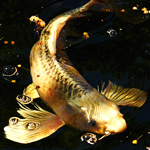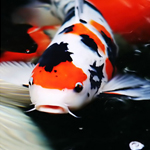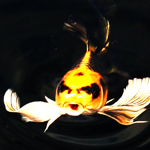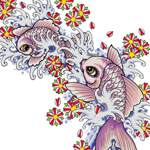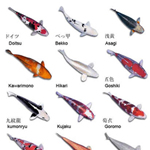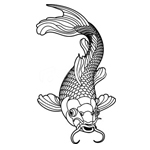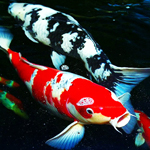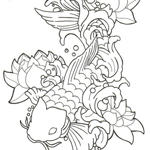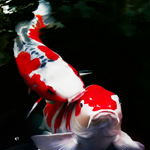
Koi fish, or Carp, are a fixture of Japanese tattooing and play important roles in both Chinese and Japanese myths, legends, fables and stories. In many of those stories, Koi are transformed through their efforts and perseverance, able to climb waterfalls or become dragons. The Koi as a symbol represents perseverance in the face of adversity and strength of character or purpose. The Carp can also represents wisdom, knowledge, longevity, and loyalty.
In tattoo imagery, especially in combination with flowing water, the koi symbolizes courage, achievement, and overcoming life's obstacles. Koi (Japanese for 'carp') have glided among the still waters of ornamental ponds for over two thousand years. That's generally how we know them -- as the brightly colored fish swimming in public ponds. Particularly beautiful specimens have been known to fetch prices in excess of half a million dollars from private collectors.
Koi come in hues of yellow, gold, orange, some even calico-colored. These 'living jewels' can live for generations, becoming tame enough to feed from the hands of their keepers. A koi's age is determined by the rings of its scales. Although the average age for a koi is between 15 – 30 years, one female koi in Japan is reported to have died in 1977 at age 226. A koi's longevity has come to symbolize perseverance, and its beauty of form and movement has inspired artists and delighted those who watch it respond to music by changing the way it swims.


